The game of blackjack is also referred to as twenty-one and is one of the most popular casino’s games to play for real money at land and online casinos. Below is a list of the best casinos to play blackjack online for real money that accept players from all over the world, including The United States of America.
Blackjack is a popular casino game played all over the world. Its popularity is due in part to its ease of play, as well as the fact that it has the best odds in gambling. Real money blackjack is traditionally played with one, two, four, six, or eight decks of cards. If you are decent at counting cards, then Blackjack may be the game for you. Keep reading to learn more about Blackjack and try it out at one of our top-rated online casinos.
We will assist you in deciding whether you should play blackjack for fun free or with real money.
Tournaments with real money prizes abound. Blackjack tournaments allow you to win substantial cash rewards and exciting incentives. There are many more blackjack variants available in real money casinos. Live dealer games provide players with a genuine Las Vegas experience at casinos.
Many online casinos entice customers with generous sign-up bonuses when they join their website. We’ve hand-picked the top games that provide big welcome incentives to both new and returning players.
Once you start to play online blackjack, you are handing over your personal information and financial data to the chosen casino.The importance of security is a big topic in our evaluation procedure. We also ensure that games are conducted fairly and that the odds are fully random.
Whether you’re playing free on your tablet or real money games on your phone, make sure the casino you want to play at offers good aming alternatives.We check sites to verify that they function well on mobile devices, that they make best use of touchscreen capabilities, and that players still get good bonuses. It’s critical that your chosen casino offers a wide range of mobile gaming choices.
We’ve determined and reviewed the finest real money blackjack games online to assure that you get the finest gaming experience and greatest payouts possible.
On our top-rated list, you’ll discover a variety of free blackjack games to play. Freeplay blackjack games are a fantastic way to play for fun or experiment with new strategies without spending a dime.
We understand that if you win big playing blackjack, you don’t want to wait around for your money. All of our top-rated casinos provide quick payments, typically within three working days. Before you know it, that cash will be yours.If you run into any difficulties, all of our suggested locations provide prompt 24/7 customer service.
Blackjack is by far the most popular casino game. Furthermore, it has inspired a slew of variant versions. All the prominent variants can be found on our recommended sites, so you’ll have plenty of options.
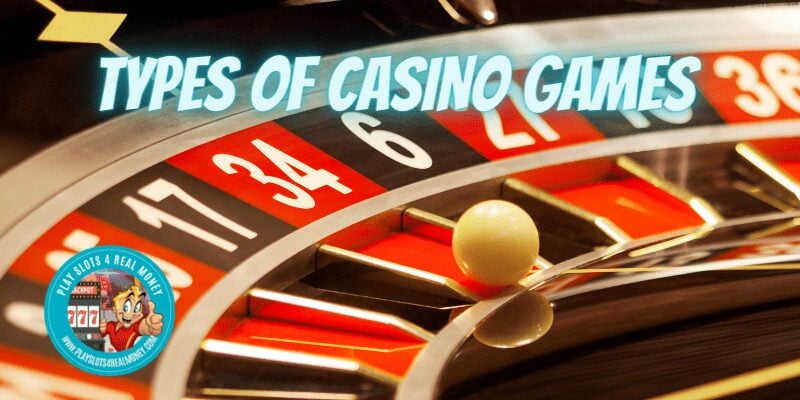
There are many different types of blackjack that you can play at online casinos. Some of the most popular variations include:
The Perfect Pair game of blackjack lets you make a bet on whether or not you and the dealer will get two of the same cards.If the first two cards are the same suit, then the payout can be as much as 25 to 1.
European blackjack is a type of blackjack game which uses two decks of cards. In this variation, there is no hole card. Doubling down is also restricted.There are two types of blackjack – European and American. In European blackjack, players can only double down if they have a hand of 9, 10 or 11. In American blackjack, players can double down whenever they wish.
Atlantic City blackjack is based on the game that started in casinos in Atlantic City. There are a few small differences from the original game. For instance, the dealer can stand on seventeen and they can also look to see if they’ve got a blackjack. Players can split their cards up a maximum of three times.
Some people like to play casino games online. They can still have a good time, but they can also talk to other people. They do this by using a video link to talk to a live dealer. Live blackjack is one of these games.
Blackjack Switch is played by flipping two cards at the same time. If you don’t like the first four cards, you can switch the top card from each hand to try and get a better hand.In this variant, there is a side bet that pays out if the first 4 cards dealt to the player contain a 3 or a king, 2 pairs, or a pair.
Folks play this variation of the blackjack game the same way as the original game, except with ‘Blackjack Surrender’. If you choose to surrender after the first two cards are dealt, you will get half of your money back.
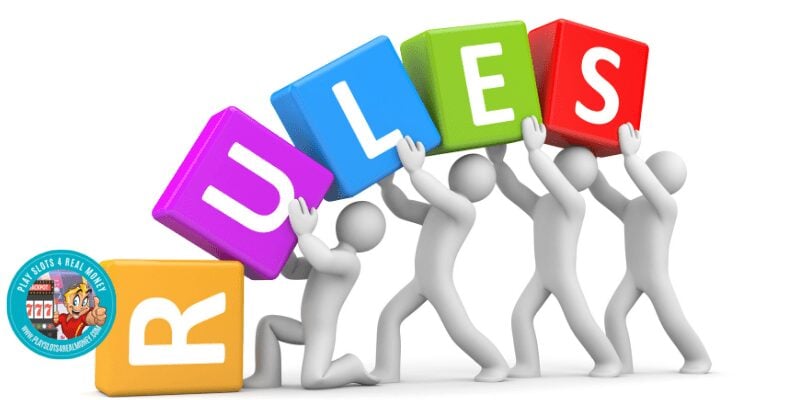
Sometimes USA online casino customers play at a table alone against the dealer and other times the other seats are filled up, which can work to your advantage. The first thing the people that have never had the chance to play 21 online for real money is that blackjack is played with one or more decks of cards, each deck of cards consists of fifty-two cards. The purpose of the playing black Jack for real money is to beat to the dealer, this can be done several ways.
Get a score of twenty-one, which is called a blackjack, and win. The other way to win playing blackjack is to obtain a score higher than the dealer without going over twenty-one.
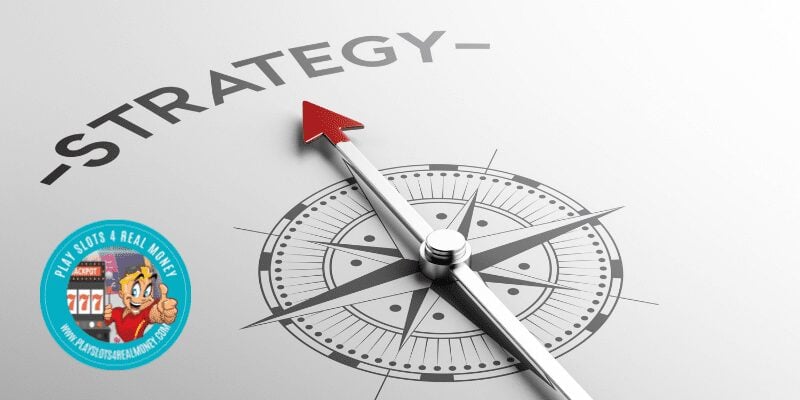
There are several strategies to play blackjack online for real money but we are going to go over the basic strategy for regular blackjack. The reason PlaySlots4RealMoney.com says regular blackjack is because there are many variations that online gamblers can play like Pontoon, Black Jack + Perfect Pairs, Face Up 21 Blackjack, Super 21 Blackjack, and Live Dealer Blackjack.
Sit down at the blackjack table. The dealer will give you-you will two cards. They will be equal a number when added up. The face cards such as The King, Queen, and Jack have a value of ten.
Also, the ace has two values. The Ace is either one or eleven. The number of cards has the value of the number. If a dealer gives you a five and a king, the value our your black Jack hand is fifteen. If you get dealt a five and an ace your hand has two values, six and sixteen.
After the dealer gives your initial cards, you have the choice to hit, stick, or spit your hand. Let’s use the example where you have an ace and a five, if you hit on that hand and get a five, your hand has a value of twenty-one. If you do not get a value of twenty-one or get “21” you will stick, hit, or split. When you stick, you are competing against the dealer for the hand with the highest value.
The first time gamblers heard of 21 with when it was referred to in Don Quixote. Don Quixote. Miguel de Cervantes who was a Spanish Author wrote the book. There was a short story in Don Quixote about gamblers playing a game with a deck of cards, with the purpose of getting a value of twenty-one to win. This was all the way back in the early 1600s.
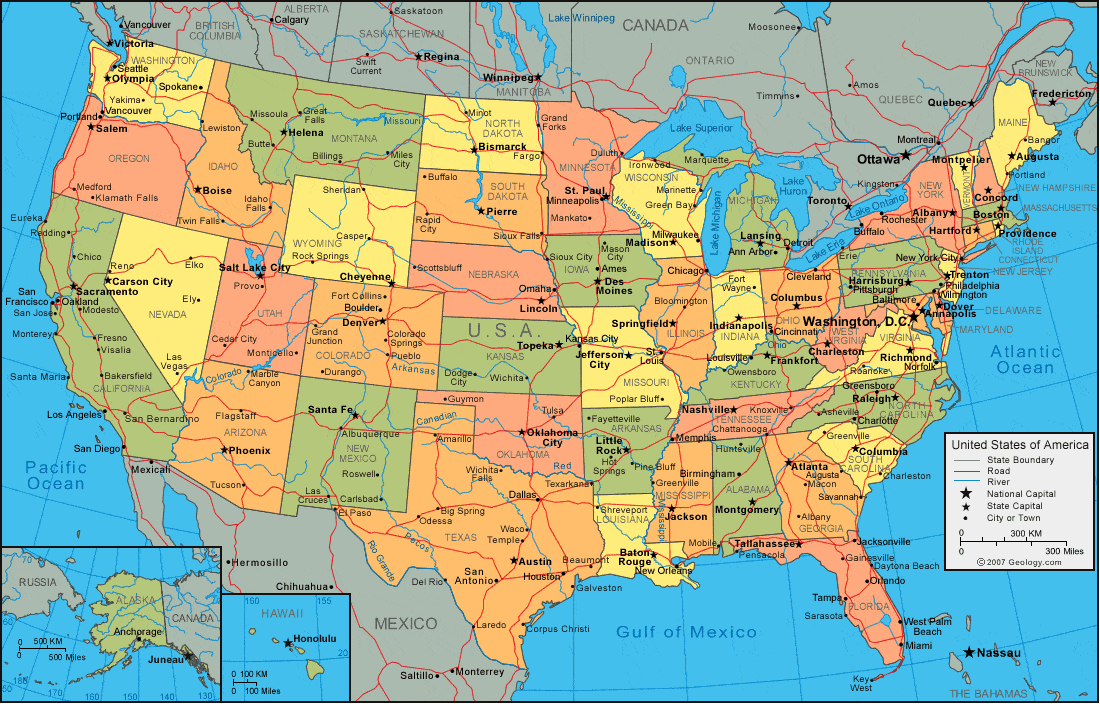
Also, when blackjack was first introduced in The United States of America. Gambling houses (later known as casinos) began to offer bonus promotions to bring in new players. The first bonus promotion to get gamblers into the casino to play 21 was offering a 10/1 payout if the player’s hand had an ace of spades. Once playing blackjack became popular the casinos withdrew their 10/1-payout offer for obtaining an ace of spaces.
Now you’ve learned the fundamentals of blackjack strategy, as well as some fast recommendations and game types. You’re ready to begin now that you know how to play basic strategy, some quick pointers, and different blackjack game kinds.
Live dealer blackjack is a wonderful way to immerse yourself more fully in the casino atmosphere. The blackjack games online are streaming to you live, allowing you to interact with the dealer and other players. You’ll see everyone’s cards removed from their shoes just like in Las Vegas.
Live dealer blackjack is typically the preferred choice for people who wish to learn how to count cards. Keep in mind that online casinos change blackjack shoes frequently to prevent card counting.
Mobile casino gaming is very popular and accessible. On most Android and iOS devices, you may play blackjack. The games look nice on little gadgets and respond well to touchscreen gestures. You can even try out live mobile options right now at the best online casinos!
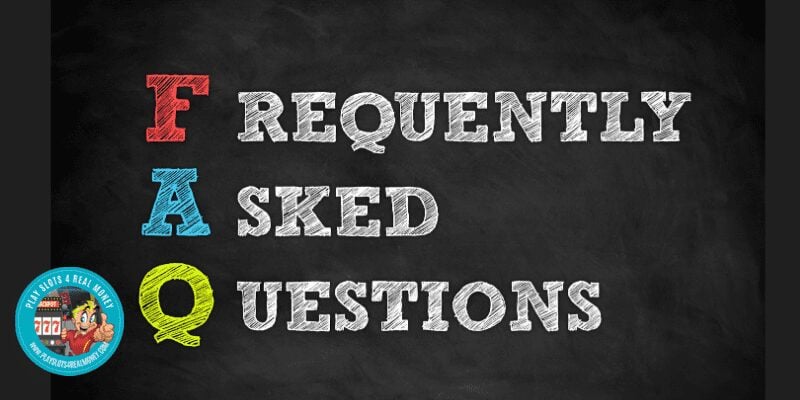
In the United States, many online casinos provide real money blackjack. In jurisdictions with controlled internet gambling, you’ll have no problem finding a blackjack game. When it comes to online blackjack, certain casinos rise above the rest.
BetOnline is a great blackjack app that has the biggest collection of real money blackjack games. If you’ are searching for a great real money blackjack app with the most options, BetOnline.ag is the one to try.
BetOnline, Bovada, MyBookie, MYB Casino, SuperSlots, Wild Casino, Las Atlantis Casino and Ignition Casino.
Is It Legal to Play Blackjack for Real Money in the United States? Yes, you may play online blackjack for real money if you live in the United States! Signing up is simple, and low-limit and high-roller wagers are available. You may also engage in HD streaming live dealer tables for a more realistic Las Vegas atmosphere, with actual cards.
Yes, you can definitely sign up for an online casino on the internet. You don’t have to be in a state that has legalized gambling. Before you can place any wager, you will need to be in a state that allows online casinos.
The goal of blackjack is to achieve as close to 21 as possible without going over it, while the aim of poker is for players to acquire a higher final hand than the dealer.
The dealer hands out cards, with players deciding whether to take on more or stop at their current total. You may discover additional information about how to play blackjack in our guide.
There is no blackjack strategy to beat this; however, because the game is not rigged, it does not imply it’s a made game. If the casino is just and reputable, online blackjack will not be fixed in any manner. This implies that even other techniques, such as card counters, are acknowledged.
The 1st place to look is on our website. We check each online blackjack casino to verify that it offers the best visuals, the greatest payouts, excellent bonuses, and a safe and secure gaming experience for your protection. Don’t put your fate in the hands of a simple Google search.
Also, seek for a casino that offers both real money and free play – free online blackjack games allow you to ‘test them out’ the casino before betting with your own money. Make sure they have games with plenty of online blackjack variations and deposit bonuses so you can try mobile games free.